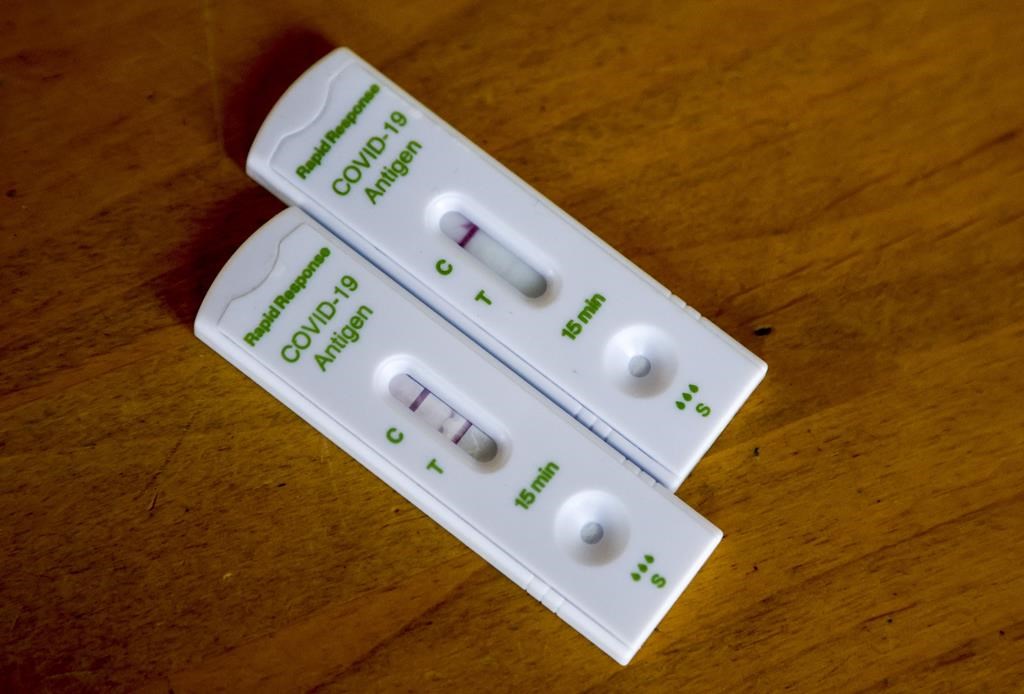A rapid-test kit is shown above with a positive COVID-19 test (2 bars) and a negative test (1 bar). Free test kits were available from health units, clinics, pharmacies, and grocery stores to enable people to test at home before traveling and going to work. In Ontario, over 264 million test kits were received for free distribution.
The first reported case of COVID-19 was reported in Ontario on January 25, 2020. A man from Wuhan, China was admitted to Sunnybrook Hospital in Toronto and diagnosed with the virus. For the next several years the virus spread throughout Ontario, Canada, and the world.
Locally, the effect of the COVID-19 virus was profound. The economy slowed, people didn’t travel, social gatherings were largely eliminated, and meetings were canceled. Local Council meetings went online with the purchase of online streaming equipment so ratepayers could view proceedings ‘live’.
The use of Zoom live-streaming video became the new normal for communication to limit physical contact and travel. The MTO used illuminated road signs on Highway #7 requesting people to Stay Home. The use of Zoom live-streaming video became the new normal for communication to limit physical contact and travel.
Mask-wearing was mandated in businesses and public places. In our local pharmacy, a take-out window was used for patients picking up prescriptions making entrance into the pharmacy restricted.
Doctors at Lakelands Family Health Team adopted telephone appointments to limit personal contact. Masks were mandatory within the clinics.
Schools were closed and then reopened with restrictions. Students wore masks the best they could in addition to teachers and staff. Anyone with symptoms was asked to stay at home.
There was an increase in our population as city dwellers looked to move to rural areas. Property values significantly increased as demand for rural properties grew. Class sizes in NAEC increased as families moved to Addington Highlands and North Frontenac Townships. Many parents could work remotely from home making the move to the country economically feasible.
Some businesses did very well during the pandemic. Northbrook Foodland saw an increase in business although the challenges of keeping staff safe were constant. Plexiglas barriers were installed to keep the cashiers protected. This practice continued in other retail outlets. The lumberyards did well because people moving and renovating their cottages needed building supplies. Restaurants did less well as people were cautious about eating out and remained that way into 2023. Coupled with increased food prices and higher interest rates many local businesses and residents found the pandemic financially challenging.
As of December 19, 2023, Health Canada has reported 4,855,902 cases of COVID-19 in Ontario and 56,787 associated deaths. The number of cases is likely much higher as most are now unrecorded plus several people experience the virus more than once.
Kevin Nielsen of Global News documented the progression of the virus in Ontario in this document which has been reproduced on the CDHS website with the addition of local photos. To view the document click here.


0 Comments